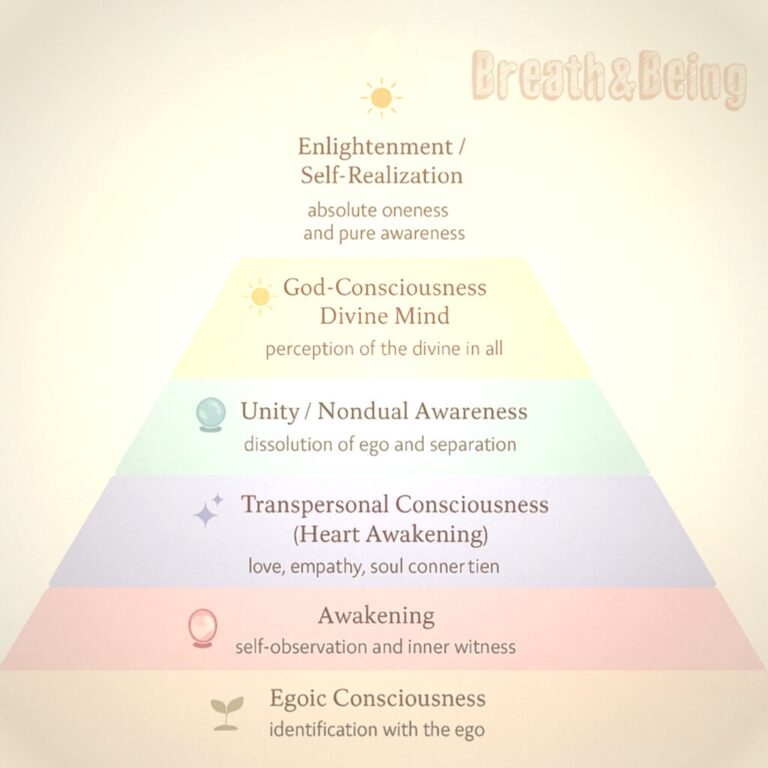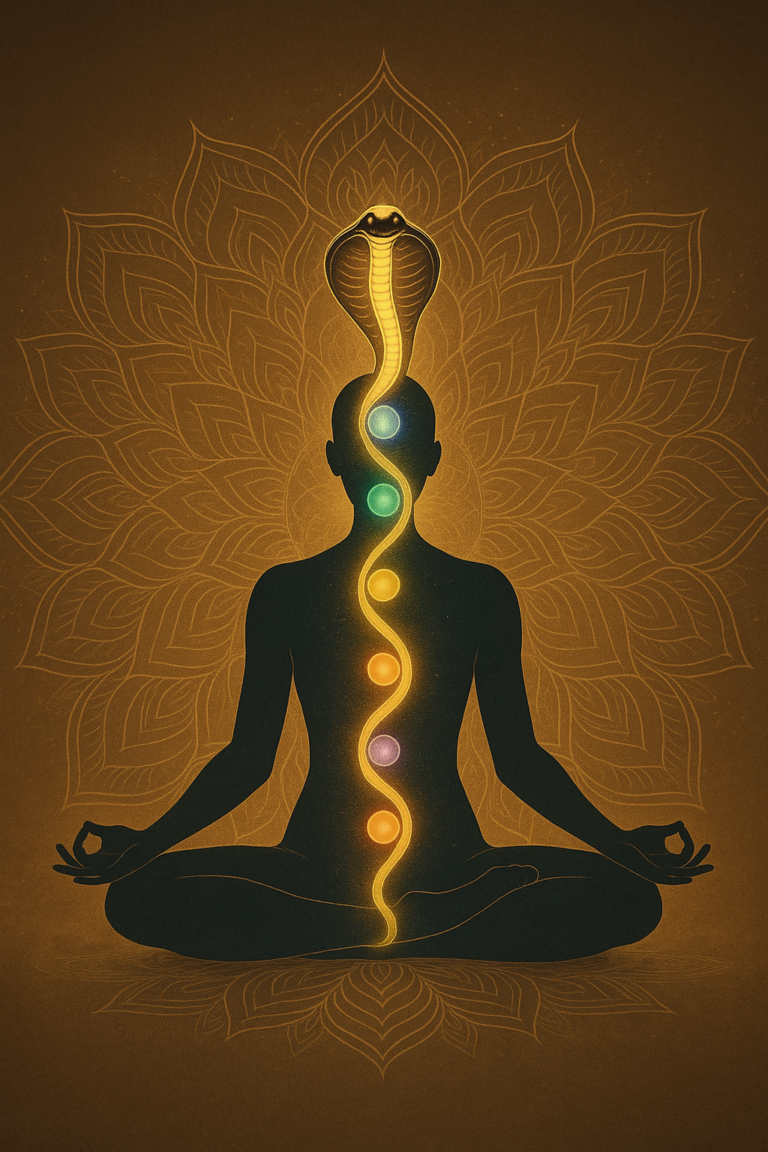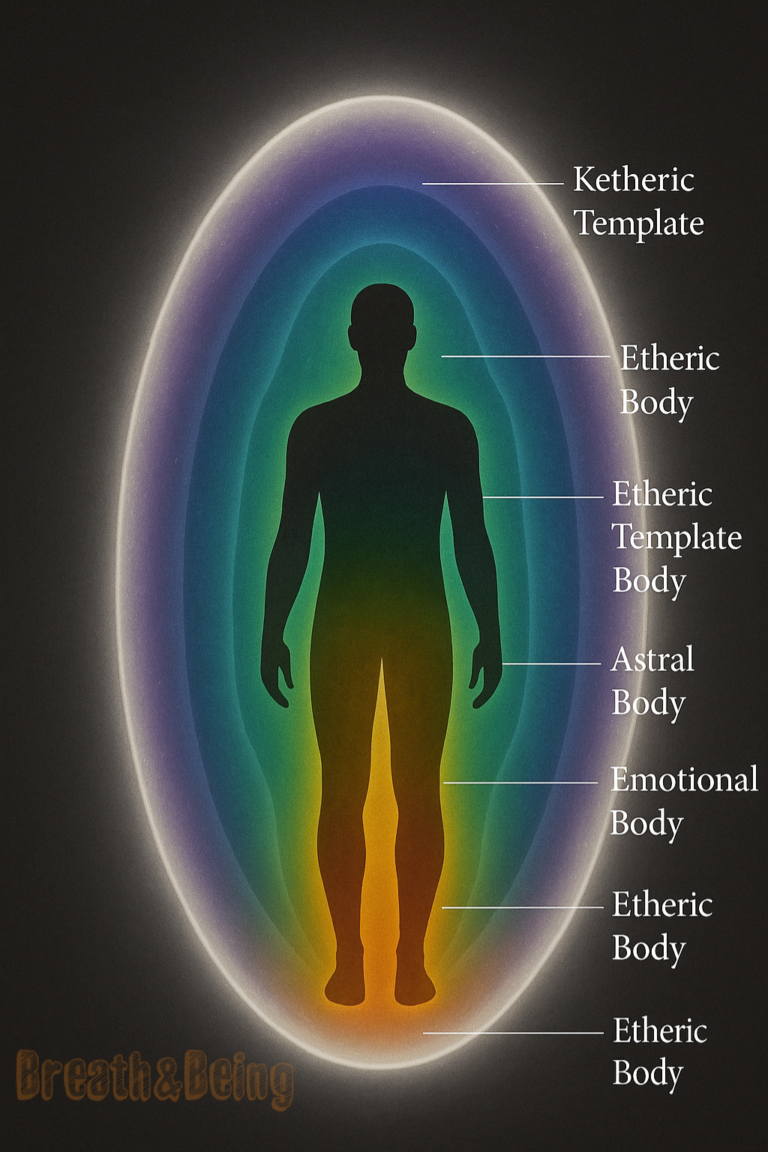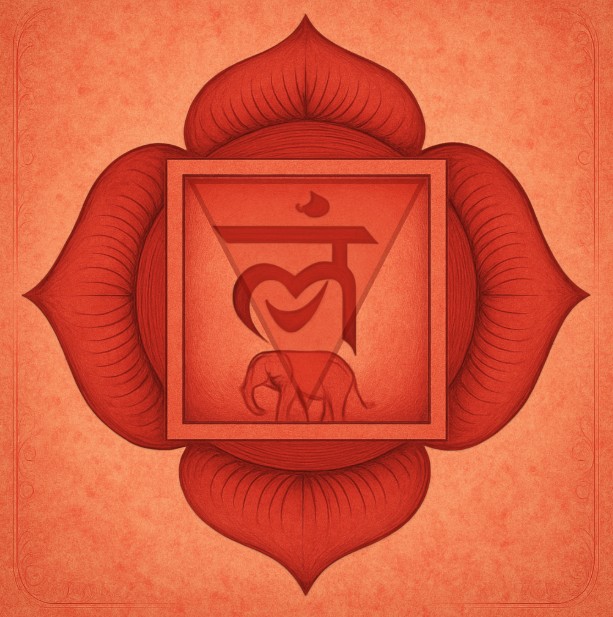Decoding Karma: The Timeless Law of Cause and Effect
You must have heard a lot about bad Karma and good Karma in day to day conversations. But what exactly is Karma?
The concept of Karma is one of the most profound and foundational ideas in Hindu philosophy. It’s meaning is rooted in the ancient Vedic texts, which explains the moral and spiritual law of cause and effect, shaping not just our present lives but also future births.
The Sanskrit word “Karma” literally means action, deed, or work. However, in the spiritual context, it refers to intentional actions driven by desire that have inevitable consequences. This principle forms a central theme in Hindu texts such as the Vedas, Upanishads, Bhagavad Gita, and Puranas, influencing every aspect of dharma (righteousness), free will, and liberation (moksha).
In Hinduism, karma is not merely fate or destiny imposed from outside. Instead, it is a natural moral law according to which the universe responds to our actions in a perfectly balanced way. As the Bhagavad Gita states,
“Whatever action a person performs, they shall reap the fruits of that action.”
Understanding karma helps individuals take responsibility for their actions, guiding them toward spiritual growth and ultimate liberation.
Philosophical Foundations of Karma in Hinduism
The Hindu view of karma is deeply intertwined with two other key concepts: Samsara and Moksha.
- Samsara (Cycle of Birth and Death)
- The soul (Atman) is eternal and undergoes countless births and deaths.
- Each new life is shaped by the karma accumulated in previous lives.
- Moksha (Liberation)
- The ultimate goal of human life is to escape this cycle by realizing one’s true self and merging with the Supreme Being (Brahman).
- To achieve moksha, one must neutralize past karma and stop creating new karma.
- Law of Cause and Effect
- Every thought, word, and deed is a seed that eventually bears fruit, either in this life or in future lives.
- Good actions (punya) lead to happiness and spiritual elevation, while bad actions (papa) lead to suffering and lower births.
Types of Karma
Hindu scriptures, particularly the Upanishads and the Bhagavad Gita, describe three major types of karma. These categories explain how past, present, and future actions interact to shape our spiritual journey.
1. Sanchita Karma – The Accumulated Karma
Sanchita karma refers to the total sum of karmic impressions collected over countless lifetimes. It includes every action — good or bad — that the soul has ever performed, but whose effects have not yet been experienced.
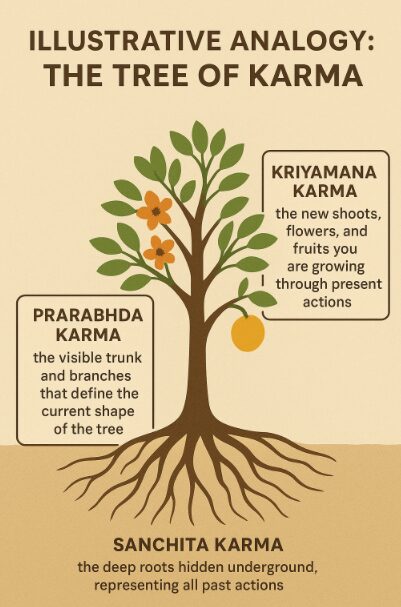
Key Characteristics of Sanchit Karma:
- Acts as a Karmic Storehouse or Reservoir
Sanchita karma represents the complete collection of all past karmic impressions that a soul (Atman) has accumulated across countless lifetimes. Think of it as a vast storage bank holding every action — physical, mental, or verbal — you have ever performed. This includes actions whose effects have not yet been experienced or manifested. Just as a reservoir holds water, waiting to be released, sanchita karma holds all the potential consequences of past deeds, ready to flow into future experiences when conditions are right. Example – Imagine a seed bank where millions of seeds are stored. Each seed has the potential to sprout under the right conditions. Similarly, sanchita karma contains countless karmic seeds waiting for the right time to manifest. It can be about suffering from a disease or an accident at a specific time as a result of some past negative karma or getting the right job or even getting wealthy at the right time.
- Contains Both Punya (Merit) and Papa (Demerit)
Sanchita karma is neutral in itself, holding both positive and negative karmic impressions: Punya (Merit): Actions rooted in compassion, selflessness, truth, and virtue. These lead to joy, prosperity, spiritual elevation, and favourable circumstances in future births. Papa (Demerit): Actions driven by selfishness, anger, greed, or harm. These result in suffering, obstacles, and lower states of existence. This duality means that our karmic storehouse contains both light and shadow, reflecting the complex and varied nature of human behaviour over lifetimes.
- Only a Portion of Sanchita Karma is Activated in Any Given Lifetime
Out of the vast collection of past karma, only a specific segment is chosen to shape the circumstances of the current life. This selected portion is called Prarabdha Karma, which ripens and determines key aspects of one’s birth, such as family, health, major life events, and spiritual opportunities. The rest of the sanchita karma remains dormant, waiting for future incarnations where it may come into play.
Spiritual Insight:
- If all past karma manifested at once, life would be unbearably overwhelming.
- By experiencing only a portion at a time, the soul has the opportunity to learn lessons gradually, grow spiritually, and consciously shape future karma.
- Through spiritual practices like meditation, devotion, and selfless service, one can burn away portions of sanchita karma before they manifest.
2. Prarabdha Karma – The Karma Being Experienced Now
Prarabdha karma is the portion of sanchita karma that has ripened and is now bearing fruit in the current lifetime. It determines the circumstances you are born into, including your body, family, health, and major life events.
Key Characteristics of Prarabdha Karma:
- It Is Already Set in Motion and Cannot Be Changed – Prarabdha karma is like an arrow already released from a bow — once shot, it must hit its target. The archer cannot recall it. It represents the karmic consequences that must be experienced, whether pleasurable or painful, in order to balance the soul’s spiritual account. Analogy: Imagine you are playing a game of chess. The moves you made in the past now determine the current position of the pieces on the board. At this stage, you cannot undo those moves, you can only play skillfully from where you are now. Similarly, prarabdha karma sets the starting conditions of your life, and you must navigate them consciously. Examples: Being born into a wealthy or poor family. Experiencing a chronic illness or sudden windfall. Meeting a particular teacher or spiritual guide.
- Even Enlightened Beings (Jivanmuktas) Must Exhaust Their Prarabdha Karma One of the most profound truths in Hindu philosophy is that prarabdha karma must be experienced, even by those who have attained spiritual enlightenment. A jivanmukta is a person who has achieved self-realization and liberation (moksha) while still living in a physical body. Upon enlightenment, no new karma is created, and past sanchita karma (accumulated karma) is dissolved like darkness disappearing at sunrise. However, the portion of karma already set in motion — prarabdha karma — must continue to play out until the body naturally drops away.
Spiritual Meaning:
While you cannot prevent prarabdha karma from manifesting, you can control your response to it by cultivating patience, wisdom, and acceptance.
3. Kriyamana Karma (or Agami Karma) – The Karma You Are Creating Now
Kriyamana karma, also called Agami karma, refers to the actions you are currently performing in this life. These are fresh seeds you plant through your thoughts, words, and deeds.
Key Characteristics of Kriyamana Karma:
- It Is Entirely Under Your Control in the Present Moment – Kriyamana karma represents the actions you are performing right now, in this very moment, through your thoughts, words, and deeds.
Unlike prarabdha karma, which has already been set in motion and cannot be altered, kriyamana karma is fully within your hands because it is generated by your current free will. Because you are consciously creating this karma now, it is the most important and empowering form of karma to understand.
Example :
Imagine you are a gardener. While you cannot change the weather or soil conditions (representing prarabdha karma), you can choose which seeds to plant today.By planting seeds of love, kindness, and truth, you ensure a beautiful and nourishing garden in the future.
- It Will Manifest as Future Experiences – Every action you take now becomes a cause that will inevitably produce an effect. The results of kriyamana karma may appear later in this life, sometimes almost immediately or carry over into future lifetimes, if they do not have the proper conditions to ripen right away.
- Positive Kriyamana Karma Can Neutralize Negative Past Karma – One of the most empowering aspects of kriyamana karma is its transformative power. While you cannot change what you have done in the past, you can take conscious, positive actions now to balance or even neutralize negative karmic tendencies carried over from previous lives. This can be done through – Good deeds (punya) that act like a cleansing force, reducing the burden of harmful past deeds (papa). And through acts of love, service, and spiritual practices, that help you to create uplifting karmic energy that offsets previous mistakes. Example: Suppose someone harmed others in a past life (negative karma). In this life, if they dedicate themselves to helping others selflessly — through charity, kindness, or teaching — they can gradually neutralize that old karmic debt.
Spiritual Practices That Enhance Positive Kriyamana Karma:
- Selfless Service (Seva): Serving others without expecting anything in return.
- Meditation and Prayer: Purifying the mind and aligning actions with higher values.
- Nishkama Karma: Acting without attachment to results, as taught in the Bhagavad Gita.
- Truthfulness and Compassion: Living ethically and harmoniously with all beings.
Additional Classification of Karma: Sakama vs. Nishkama Karma
In addition to the three main categories, Hinduism also classifies karma based on the motivation behind action, as explained in the Bhagavad Gita:
1. Sakama Karma( Selfish Action) – Any Action performed with personal desires or expectations of results comes under Sakam karma. Example: Donating money to charity only to gain fame. Such actions bind the soul to the cycle of samsara.
2. Nishkama Karma (Selfless Action) – Any Action performed without any attachment to outcomes comes under Nishkama Karma. Example: Helping someone simply because it is the right thing to do.
The Role of Free Will and Determinism
Hindu philosophy strikes a balance between fate and free will:
- Prarabdha karma represents destiny — the circumstances we cannot change.
- Kriyamana karma represents free will — the conscious choices we make now.
- By wisely exercising free will, one can gradually reduce karmic bondage and move toward moksha.
This interplay encourages individuals to take responsibility for their lives while accepting unchangeable events with grace.
Neutralizing Karma: Paths to Liberation
The ultimate aim of Hindu spiritual practice is to transcend karma altogether. This can be achieved through the following paths:
1. Karma Yoga (Path of Selfless Action)
- Performing duties without attachment to outcomes.
- Example: A doctor treating patients with compassion, without concern for reward or recognition.
2. Jnana Yoga (Path of Knowledge)
- Understanding the true nature of the self as beyond the body and mind.
- Realizing that the Atman is unaffected by karma.
3. Bhakti Yoga (Path of Devotion)
- Surrendering all actions and their results to God.
- Belief that divine grace can dissolve karmic bonds.
4. Raja Yoga (Path of Meditation)
- Using meditation to purify the mind and burn karmic impressions.
Conclusion
Karma is not merely a system of reward and punishment. It is a profound spiritual law that emphasizes personal responsibility, ethical living, and spiritual evolution.
The three types of karma — Sanchita, Prarabdha, and Kriyamana — explain how past, present, and future actions interact to shape our journey. By practicing Nishkama Karma, cultivating self-awareness, and surrendering to the divine, one can gradually free oneself from the bonds of karma and attain moksha, the ultimate liberation.


